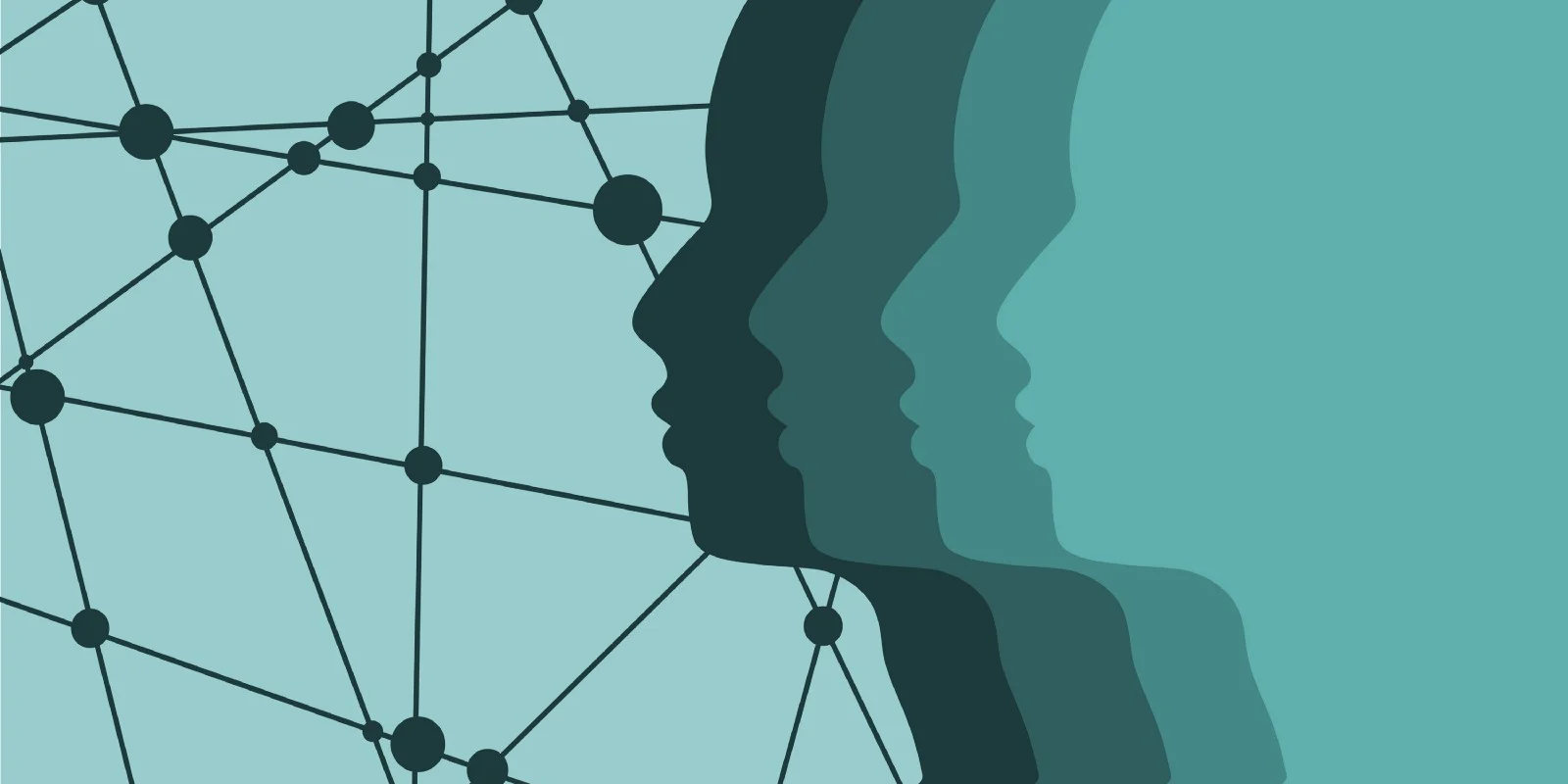
The proportion of adults experiencing severe mental illness who did not have health insurance or lacked money to afford prescriptions increased from 2006–2014, according to a study published in April 2017 in the journal Psychiatric Services [1]. Although it appears this trend is reversing, these disappointing findings suggest that the situation for individuals experiencing severe mental illness in the U.S. has actually gotten worse in recent years.
Yet people experiencing severe mental illness are not the only ones suffering. A total of 53.8 million Americans struggle with mental illness or substance abuse [2,3]. These people are friends, family, co-workers, and often productive members of society. The suffering that these patients go through every day has long been ignored and discounted, especially given reluctance to seek treatment due to the stigma that surrounds mental illness. Merriam Webster’s Dictionary defines stigma as “ a mark of shame or discredit” [4], which perfectly describes the current mood towards mental illness: a shameful secret to keep hidden.
To many Americans, admitting depression, anxiety, trouble controlling feelings, or any struggle with mental health means admitting weakness. In the medical field (a field, mind you, that often prides itself on empathy) people experiencing mental illness have been seen as lacking conviction, willpower — just plain feeble [5].
So where does this stigma come from?
There are two main forces that are driving the stigma behind mental illness today. First, the general population misunderstands mental illness. The uninformed population sees those with mental illness as dangerous, outcasts, or just weird. This is complemented by a second driver: the medical system’s need to classify and define. Persons with mental illness are instantly “labeled” the second they are diagnosed, and are then subject to the stereotypes of that label.
A consequence of these stereotypes is that only 32.4 million adults received treatment for a mental illness [6], leaving millions of Americans without treatment. Just over half of adults with severe mental illness received treatment [6], meaning people in some of the most terrible suffering are being ignored.
These numbers also have an economic impact. The National Institute of Mental Health reported that in 2014 the cost of mental health care was $467 billion, equivalent of other major medical conditions [7]. However, unlike other physical illnesses, much of the economic burden of mental illness comes from indirect costs (such as lost productivity), not the cost of care [7]. Essentially, individuals who do not receive care for their mental illness are costing our economy money, money that could be used to supplement the economy instead of draining it.
Counteracting Stigma: Education, Communication, and Reform
The question, then, is how can we eliminate stigma? The first step is education. The more educated the general population is about mental illness, the less stigma will surround it. There are some important facts that directly counteract the stigma surrounding mental illness:
- First and foremost, persons with mental health are not exceptionally violent. In fact, people with mental illness are ten times more likely to be a victim of a violent crime than the general population [8].
- Secondly, people with mental health problems are not lacking willpower. There are significant biological factors that contribute to mental illness and these cannot be controlled any more than a person’s eye color, height, or fingerprints [8].
- Finally, recovery and effective management of mental illness are possible. While mental illness is incredibly complex; with efficient treatment and service, a person can drastically improve, living happy, regular lives [9–12].
The second step is communication. For too long we have turned away from discussing mental illness. The only way we are going to eliminate stigma is having frank conversations about the impact of mental illness, and by showing realistic examples of those people experiencing mental illness.
Those who suffer from mental illness should not be forced to hide their condition, but rather supported by a understanding environment to live their live to the fullest. We would never judge any of these individuals if they had received a diagnosis of the flu, and we certainly wouldn’t avoid it in conversation.
A final component of fighting stigma is keeping mental health a focus of the national government. Lawmakers increased federal spending on healthcare research, some of which will fund increased efforts to study mental illness [13]; this represents a strong first step toward confronting the epidemic of untreated mental illness we are experiencing.
However, more is needed if we are to reach a sustainable solution, specifically for severe mental illness. More emphasis should also be placed on social factors such as psychoeducation, psychosocial rehabilitation, assertive community treatment, supported employment, and case management. Community reform should also be a focus point; employers should treat “mental health days” in the same fashion as they treat “sick days.” Large public events should be more forthcoming about accommodating those experiencing mental illness so that these patients may experience the same events that the rest of society is able to.
Ultimately, to appreciate the scope of this disparity, we must reflect not only on ourselves, but also the medical system and our society. A multitude of other inextricable factors such as ethnicity, socioeconomic status, and gender also influence this narrative. Tackling this issue is not easy, but education, communication, and a governmental focus on mental health are three significant starting points.
Zachary Smothers is a second-year medical student at the Duke University School of Medicine. He reports no conflicts of interest.
References:
- Weissman, J., Russell, D., Jay, M., Beasley, J. M., Malaspina, D., & Pegus, C. (2017). Disparities in Health Care Utilization and Functional Limitations Among Adults With Serious Psychological Distress, 2006–2014. Psychiatric Services,68(7), 653–659. doi:10.1176/appi.ps.201600260
- Any Mental Illness (AMI) Among Adults. (n.d.). Retrieved October 23, 2015, from http://www.nimh.nih.gov/health/statistics/prevalence/any-mental-illness-ami-among-adults.shtml
- Substance Abuse and Mental Health Services Administration, Results from the 2014 National Survey on Drug Use and Health: Mental Health Findings, NSDUH Series H-50, HHS Publication No. (SMA) 15–4927. Rockville, MD: Substance Abuse and Mental Health Services Administration. (2015). Retrieved October 27, 2015 from http://www.samhsa.gov/data/sites/default/files/NSDUH-FRR1-2014/NSDUH-FRR1-2014.pdf
- Stigma. (n.d.). Retrieved July 30, 2018, from https://www.merriam-webster.com/dictionary/stigma
- Reaume, G. (2002). Lunatic to patient to person: nomenclature in psychiatric history and the influence of patients’ activism in North America. Int J Law Psychiatry, 25(4), 405–426.
- Statistics. (n.d.). Retrieved July 30, 2018, from http://www.nimh.nih.gov/health/statistics/prevalence/use-of-mental-health-services-and-treatment-among-adults.shtml
- Insel, T. (2015, May 15). Post by Former NIMH Director Thomas Insel: Mental Health Awareness Month: By the Numbers. Retrieved from https://www.nimh.nih.gov/about/directors/thomas-insel/blog/2015/mental-health-awareness-month-by-the-numbers.shtml#14
- Mental Health Myths and Facts. (n.d.). Retrieved July 30, 2018, from https://www.mentalhealth.gov/en/basics/mental-health-myths-facts
- Hofmann, S. G., Asnaani, A., Vonk, I. J., Sawyer, A. T., & Fang, A. (2012). The Efficacy of Cognitive Behavioral Therapy: A Review of Meta-analyses. Cognitive Therapy and Research,36(5), 427–440. doi:10.1007/s10608–012–9476–1
- Kellner, C. H., Knapp, R. G., Petrides, G., Rummans, T. A., Husain, M. M., Rasmussen, K., . . . Fink, M. (2006). Continuation Electroconvulsive Therapy vs Pharmacotherapy for Relapse Prevention in Major Depression. Archives of General Psychiatry,63(12). doi:10.1001/archpsyc.63.12.1337
- Leucht, S., Tardy, M., Komossa, K., Heres, S., Kissling, W., Salanti, G., & Davis, J. M. (2012). Antipsychotic drugs versus placebo for relapse prevention in schizophrenia: A systematic review and meta-analysis. The Lancet,379(9831), 2063–2071. doi:10.1016/s0140–6736(12)60239–6
- Rybakowski, J. K. (2014). Factors Associated with Lithium Efficacy in Bipolar Disorder. Harvard Review of Psychiatry,22(6), 353–357. doi:10.1097/hrp.0000000000000006
- Science News StaffMar. 23, 2018 , 8:30 AM, 24, 2. J., & 19, 2. J. (2018, March 23). Trump, Congress approve largest U.S. research spending increase in a decade. Retrieved July 30, 2018, from http://www.sciencemag.org/news/2018/03/updated-us-spending-deal-contains-largest-research-spending-increase-decade







